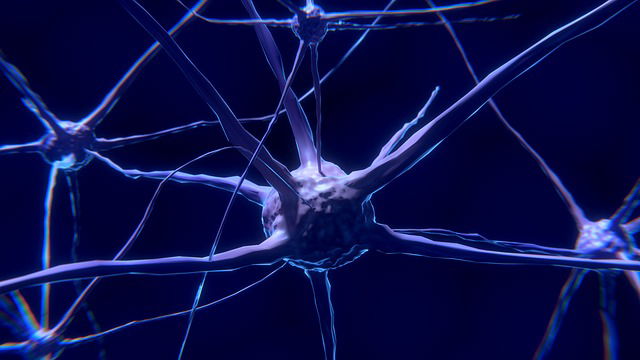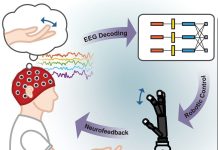
For more than 20 years, much of the leading research on Alzheimer’s disease has been guided by the “amyloid hypothesis.”
This theory focuses on one of the disease’s most salient traits: the formation of unusual plaques — or buildups of protein — in patients’ brains.
In Alzheimer’s, these plaques are made from a protein known as beta-amyloid.
As a result, many scientists believe that removing beta-amyloid or inhibiting its clumping should help to stave off dementia.
But with a series of failed clinical trials raising questions about this premise, some researchers are looking for deeper explanations into the causes of Alzheimer’s and how this condition can be treated.
University at Buffalo biologist Shermali Gunawardena is among these investigators.
Her lab studies axonal transport — the complicated, internal highway system that conveys precious, life-giving materials from one part of a nerve cell to another.
Nerve cells, also called neurons, are a category of cells that include brain cells.
Breakdowns in this transport system can lead to “traffic jams,” and some scientists hypothesize that such blockages precede the formation of plaques in neurological diseases like Alzheimer’s.
Using the neurons of fruit fly larvae, her team has been researching the role of presenilin, another Alzheimer’s-linked protein, in axonal transport for several years, with the latest results published on May 22 in the journal Human Molecular Genetics.
The researchers said they focused on processes that occur before cell death, before one starts to see plaques in the brain.
A lot of the treatments being developed for Alzheimer’s are targeting beta-amyloid, but maybe scientists should be targeting processes that happen earlier on, before plaques are formed.
The team has been publishing on presenilin and axonal transport since 2013.
Their first study on the topic showed that presenilin helps to regulate the flow of traffic in fruit fly neurons, influencing how quickly molecular motors (akin to trucks) travel along thread-like roadways called microtubule tracks.
Since then, the team has shown that presenilin works in tandem with an enzyme called GSK-3? to control the motors’ behavior.
This includes the motors’ movement and the way the motors bind with organic bubbles called vesicles that carry cargo such as proteins needed for cellular survival, signaling and repair.
The current study provides details on how presenilin interacts with GSK-3?, and reports that a specific molecular structure within presenilin — a loop region — is necessary for proper traffic control.
Presenilin has an important role in Alzheimer’s: The protein aids in the production of beta-amyloid, which, when overproduced, causes plaques to form in patients’ brains.
But the team’s work shows that presenilin may also have another role — this one positive — in regulating the flow of traffic within brain cells and preventing blockages that over time can lead to death of the cell and disease.
This may help explain why genetic mutations that result in a loss of presenilin’s function are linked to Alzheimer’s.
Together, the studies conducted over the years are providing insights that could one day inform new avenues for treating or preventing Alzheimer’s.
The study is published in Human Molecular Genetics.
Copyright © 2018 Knowridge Science Report. All rights reserved.
Follow Knowridge Science Report on Facebook and Twitter.
News source: University of Sydney.
Figure legend: This Knowridge.com image is for illustrative purposes only.



